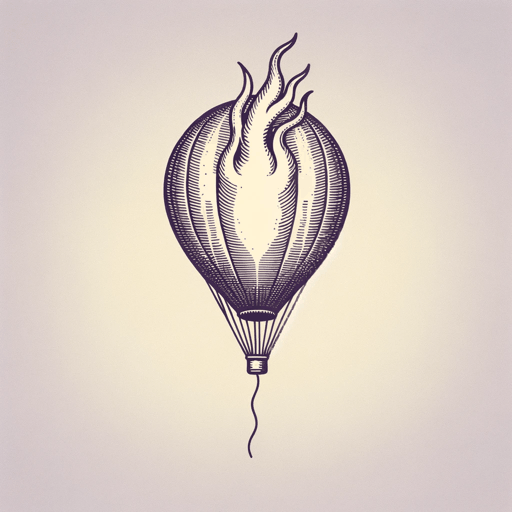19 pages • 38 minutes read
Elizabeth BishopA Miracle for Breakfast
Fiction | Poem | Adult | Published in 1972A modern alternative to SparkNotes and CliffsNotes, SuperSummary offers high-quality Study Guides with detailed chapter summaries and analysis of major themes, characters, and more.
Literary Devices
Form and Meter
“A Miracle for Breakfast” is in the form of a sestina, so the words at the end of the lines in Stanza 1 serve as the words at the end of the lines—in a different order—in the other stanzas. The end words are “coffee,” “crumb,” “balcony,” “miracle,” “sun,” and “river.” The sestina places extra stress on the terms as they have to appear at least once in every stanza. The final stanza stands apart because it’s only three lines, so the poet has to repeat two of the end words in each line. The last stanza is called the envoi. The sestina form reinforces the surrealist elements of the poem since the recurring words haunt the poem. The form also emphasizes the theme of struggle since neither the speaker nor the crowd can escape their lack of nourishment, and the poem can’t depart from the six end words.
Although the line lengths are relatively even, Bishop doesn’t use a prescribed meter in the poem. The number of syllables varies from line to line, which reinforces the puzzling quality of the poem. The reader can’t predict the number of beats or what will happen next.
Related Titles
By Elizabeth Bishop

Arrival at Santos
Elizabeth Bishop

Crusoe in England
Elizabeth Bishop

Exchanging Hats
Elizabeth Bishop

Five Flights Up
Elizabeth Bishop

Insomnia
Elizabeth Bishop

One Art
Elizabeth Bishop

Sandpiper
Elizabeth Bishop

The Armadillo
Elizabeth Bishop

The Fish
Elizabeth Bishop

The Imaginary Iceberg
Elizabeth Bishop

The Moose
Elizabeth Bishop

The Mountain
Elizabeth Bishop

The Shampoo
Elizabeth Bishop

